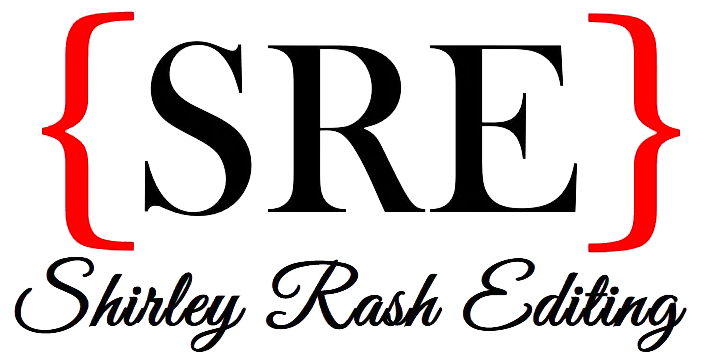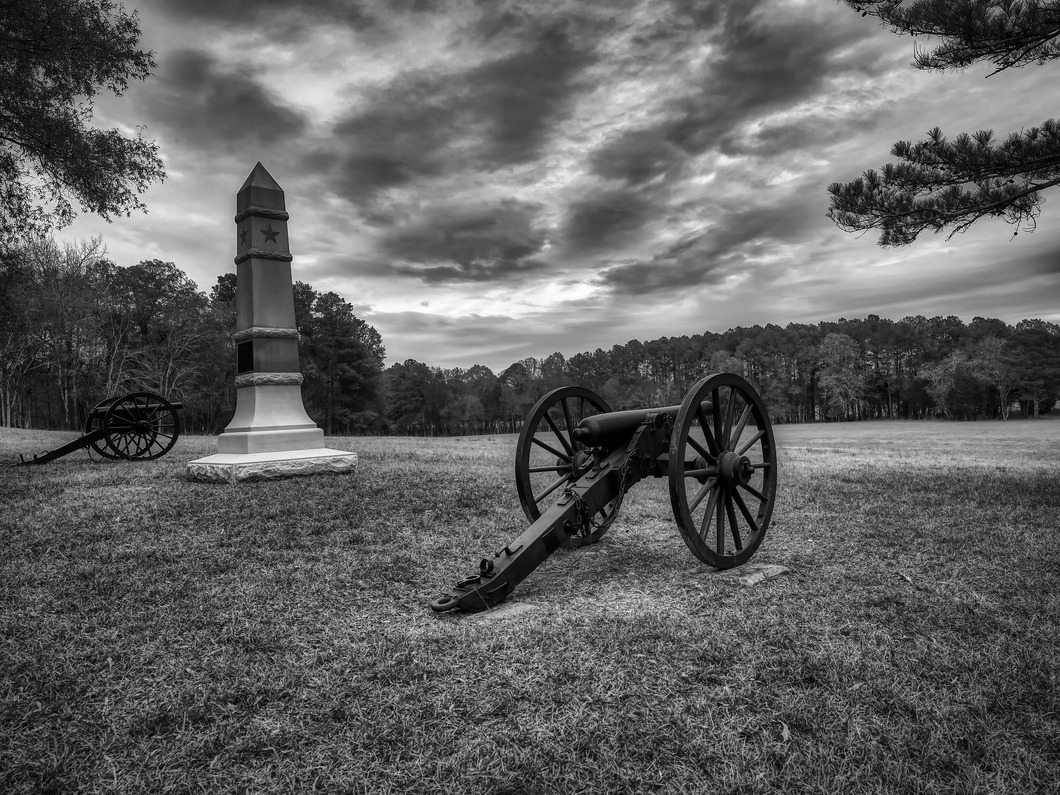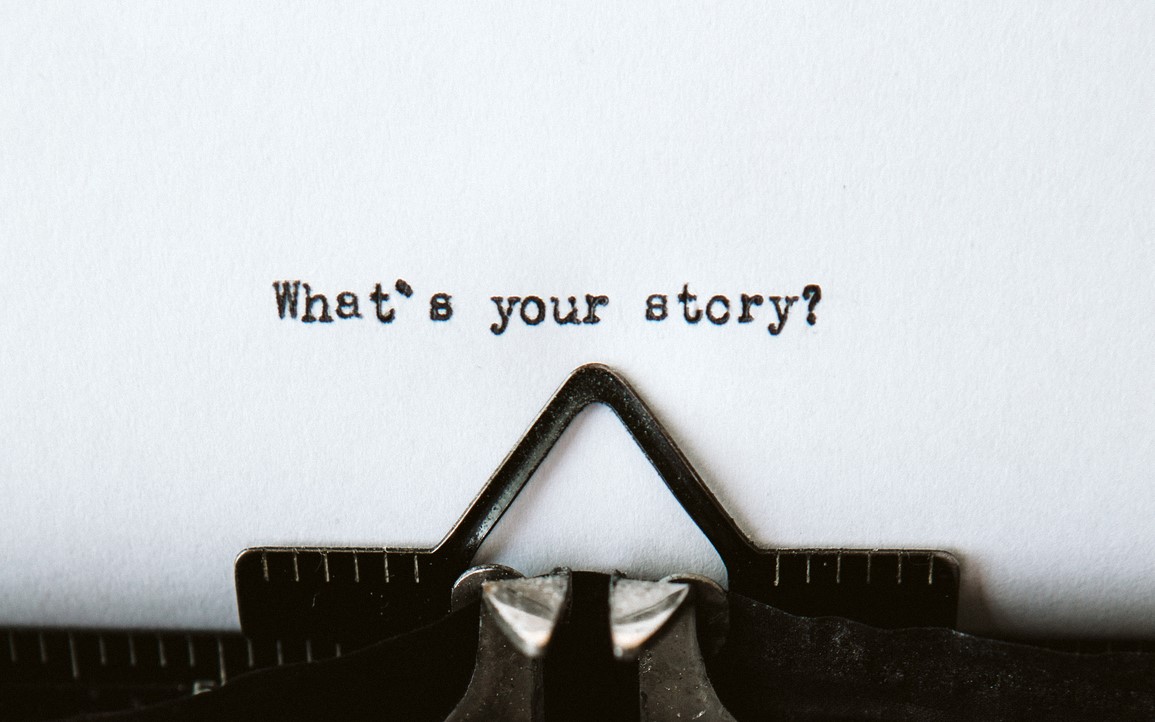I know any mention of the A Song of Ice and Fire series, its author George R. R. Martin, or its TV adaptation Game of Thrones can lead to some, ahem, passionate debate. And truthfully I’m not particularly interested in most of those debates. I’ve read the books a couple of times and enjoyed them, have my own theories on whether or not Martin will ever finish them, and liked the TV series well enough while also still having my own critiques. What I want to talk about here, though, is Martin’s use of POV, which I find quite well done for the most part. You don’t have to be a fantasy writer to learn some excellent lessons on what to do and what not to do with juggling multiple POVs from these books.
Continue readingContact
shirley@shirleyrashediting.com





